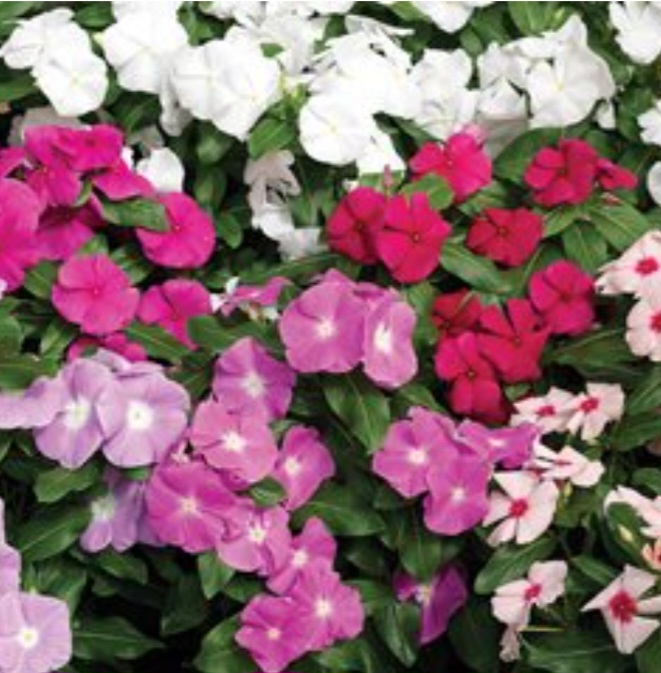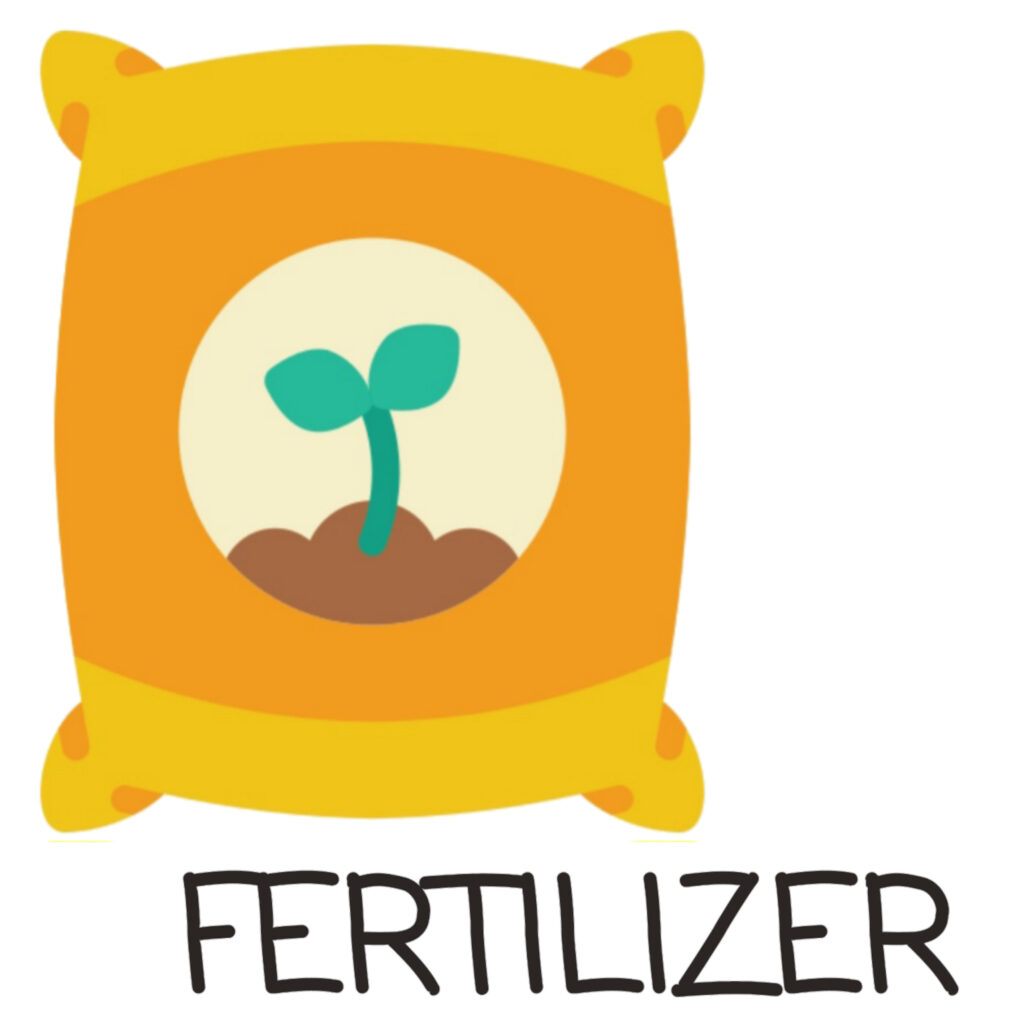
Scientific Name: Catharanthus roseus
Local Name in India: Sadabahar, Sadaphuli
Vinca, scientifically known as Catharanthus roseus, is a charming flowering plant that adorns gardens across India. Its clusters of vibrant and delicate flowers have earned it the local name “Sadabahar, or Sadaphuli” which translates to “always blooming.” With its wide range of colors and easy care requirements, Vinca has become a favorite choice for both novice and experienced gardeners

SOIL Requirement
Vinca plants thrive in well-draining soil that retains moisture but doesn’t become waterlogged. A mix of garden soil, peat moss, and sand provides an ideal growing medium. The soil should be slightly acidic to neutral, with a pH range of 6.0 to 7.0.

Watering Frequency
Regular watering is important for Vinca plants, especially during the active growing season. Water the plants deeply and consistently, ensuring that the soil remains evenly moist. Be cautious not to overwater, as this can lead to root rot. Allow the top inch of soil to dry out before the next watering.

Sunlight Requirement
Vinca plants enjoy full sunlight, but they can also tolerate partial shade. Place them in a location that receives at least 6 hours of direct sunlight each day. Ample sunlight encourages healthy growth and a profusion of flowers.

Fertilizer Application
For vibrant blooms and vigorous growth, consider using *Kulsum Vermicompost Plus* as your preferred fertilizer. Enriched with essential nutrients and beneficial microorganisms, this organic fertilizer enhances the overall health of Vinca plants. Apply it once a month during the growing season, whether you’re cultivating them in pots or garden beds. The result will be a colorful and flourishing display of blooms.

Pruning of Plant
Regular deadheading, which involves removing spent flowers, promotes continuous blooming in Vinca plants. This prevents the plant from directing energy towards seed production and encourages the growth of new flowers. Additionally, if the plant becomes too leggy or overgrown, you can trim back the stems to encourage bushier growth.

Plant Protection
Vinca plants are generally resilient, but they can occasionally face issues such as aphids and whiteflies. Regularly inspect the leaves and stems for signs of infestation. Use natural remedies like neem oil or insecticidal soap to manage pests. Providing good air circulation and avoiding overcrowding can also help prevent fungal diseases.


